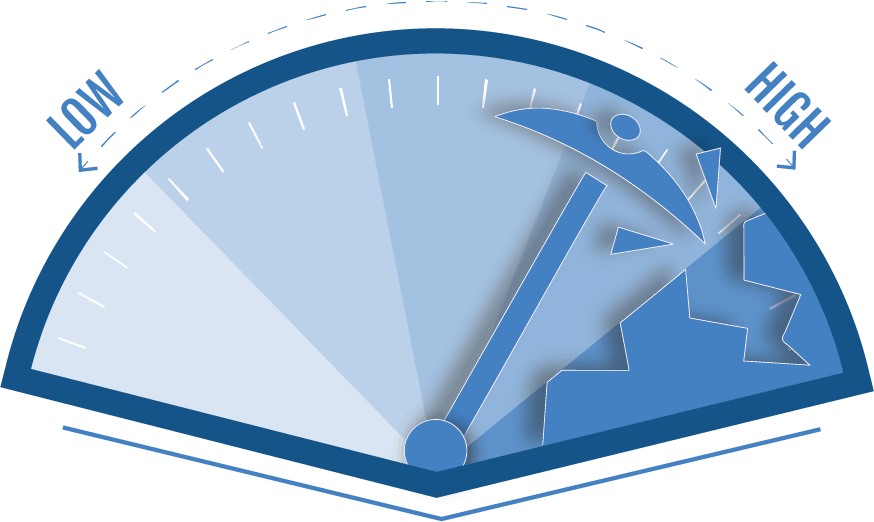GENERAL INFORMATION

What is Radon?
Radon is a colorless, odorless radioactive gas produced from the decay of uranium in soil and bedrock.
Radon is a naturally-occurring gas. It is present across the state, country, and globe, indoors and outdoors. Like the UV rays in sunlight, there is no “safe” level of radon exposure. However, there are guidelines to evaluate and reduce risk.

Where is Radon found?
Any enclosed building is susceptible to radon buildup as the gas migrates from soil to the surface. This includes homes, schools, and business alike. Radon is also present in low levels outdoors.
How is Radon Risk Evaluated?
Risk from radon exposure is not measured based on days, weeks, or months of exposure, but rather over a lifetime.
The EPA recommends mitigation in homes where radon levels are ≥4.0 pCi/L.
This guideline is not applied in workplaces. Here are a few considerations for evaluating radon exposure and risk in workplaces.

Length of Exposure
Over a lifetime, we spend much
more time in our homes than
our workplaces.

High-Risk Workplaces
Per OSHA, 100 pCi/L (average concentration)
is the limit a worker may be exposed to
for a 40-hour workweek.
Warrick County Commissioners' Response
Health and safety is our first priority. The Warrick County Commissioners response has included:
- Air exchange units reprogrammed for continuous circulation of fresh air
- Multiple rounds of indoor air testing pre- and post-air exchange units
- Radon concentrations have decreased in samples collected from occupied areas throughout the building.
- 20 long-term electronic radon monitors purchased
- Concrete ordered to seal earthen basement floor
Ongoing Efforts
We will continue to monitor radon levels in all occupied areas of the building, and take additional remedial action as appropriate.
Please contact info@warrickcounty.gov for more information on our past, current, and future actions.
Sources and Additional Information

